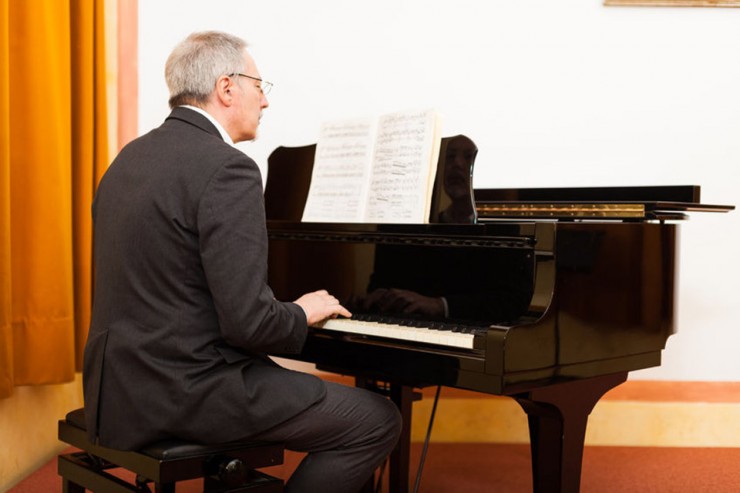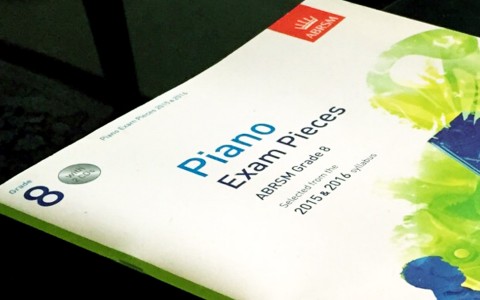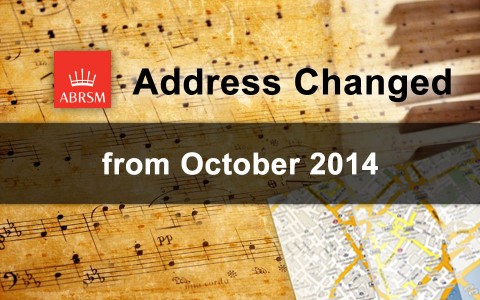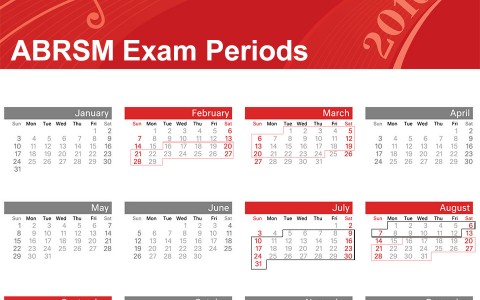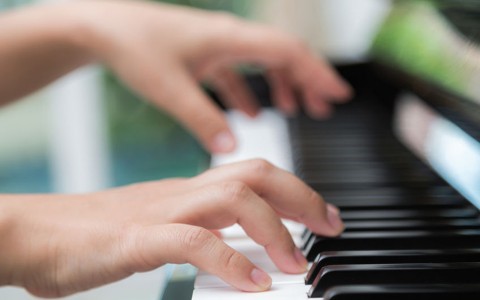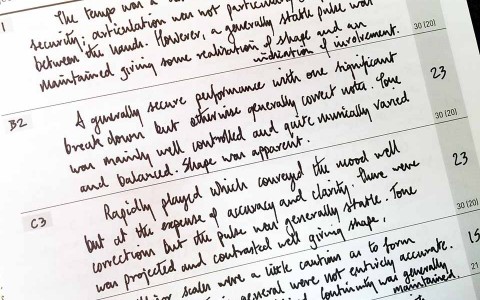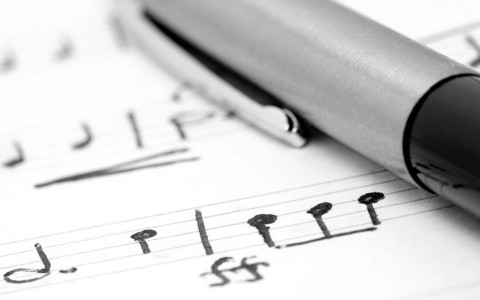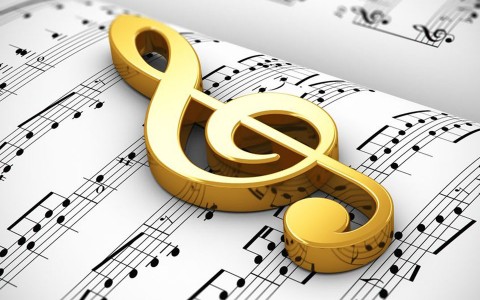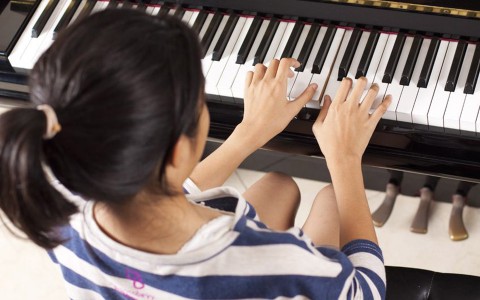The Associated Board of the Royal Schools of Music (ABRSM), and Trinity College London (TCL) conduct piano examinations every year in many countries all over the world, with more than 650,000 candidates taking ABRSM exams alone. In Singapore, ABRSM is arguably the gold standard that most parents and schools recognise and go for. Even big and popular music schools in Singapore like Yamaha and Cristofori send their students for ABRSM piano exams in each qualifying period. So, what does a ABRSM graded practical piano exam syllabus comprise?
There are 4 different components across Grade 1 (lowest) to Grade 8 (highest).
- Prepared 3 Pieces
There are 3 sets of piano pieces, List A, List B, and List C. Usually, each list has 6 pieces for the candidate to choose from. In higher grades, a list might have more pieces.The first 3 pieces from each list are compiled into an official ABRSM Piano Exam Book that is sold in all major music schools. The remaining 3 pieces from each list are termed as "alternative pieces". Because the alternative pieces are not compiled into a book, and choosing an alternative piece requires the candidate to buy a separate book; they are not popular choices.
The candidate will choose exactly one piece from each of the 3 lists, and play a total of 3 pieces. They can be played memorised, or from the scores itself. He is allowed to bring in the Exam Pieces book. In fact, this is the ONLY book that can be brought into the examination room.
- Scales and Arpeggios / Broken Chords
These technical exercises are to be played from memory. Depending on the grade, the comprehensiveness varies. For example, Grade 1 might have just a few keys for the scales and arpeggios, and Grade 8 not just many more keys, but chromatic scales, diminished sevenths, and dominant sevenths.There is an official ABRSM Scales and Arpeggios book for each Grade.
One interesting observation in Singapore is when the examination period draws closer, you will hear many piano students in the neighbourhood practicing the scales more often in the familiar Doh-Re-Me-Fa-So-La-Ti-Doh tune.
- Sight Reading
In this component, the candidate is given a music passage that is unknown to him. It is definitely not a familiar or popular tune he might have come across. He is given a short amount of time to read the scores and do his own practicing. Then, he will play and the examiner will assess his ability in playing that passage effectively.You cannot train for this overnight, period. This is a skill that is acquired over months. The sense of rhythm, fingering, appreciation for the musical style, and speed at which you read the notes at; are what you pick up over months of playing the piano and learning new pieces. Thus, the piano teacher has a very important role to play in cultivating good habits and music appreciations during the piano lessons that will lead to good sight reading skills.
There is a Specimen Sight Reading book which the candidate can buy and try the exercises within, and effectively have an idea the Grade's difficulty level he is registered for.
- Aural Tests
The objective of the aural tests is to develop aural awareness. This is fundamental to musical training, because having a musical ear impacts on all aspects of musicianship.The examiner plays, and the candidate listens and answers questions based on the played passage or piece. He might need to give a sung response. Deaf or hearing-impaired candidates may opt to respond to alternative tests in place of the standard tests. When he registers for the Piano Exam, he can make such a request.
ABRSM has a Specimen Aural Test book for each grade.
Pre-requisites to taking Piano Exams
There is no age restrictions. Currently, there are also no pre-requisites for Grade 1 to Grade 5 Piano Exams. Candidates for Grade 6 to Grade 8 Piano Exams must, however, already passed ABRSM Grade 5 or above Music Theory, Practical Musicianship or a solo Jazz subject.
Registering for a Piano Exam
You may register through your piano teacher, your music school, as a parent or as a candidate. All ABRSM exam entries will be accepted by online registration only. Read our article - How to register for an ABRSM Piano Practical Exam.
Assessment criteria for Piano Exams
The total is 150 - 3 Pieces at 30 marks each, 21 marks for Scales and Arpeggios, 21 marks for Sight Reading and 18 marks for the Aural Tests. 100 marks is required for a Pass, 120 for a Merit, and 130 for a Distinction. A Pass in each individual section is not required to pass overall. The marking rubrics might give the Candidate a better idea what the examiner is looking for.
Registration Dates and Fees
You can refer to the latest registration periods, examination dates and examination fees here.
ABRSM Representative Office Address
Take note that the address of the ABRSM Representative Office has changed with effect from October 2014.
